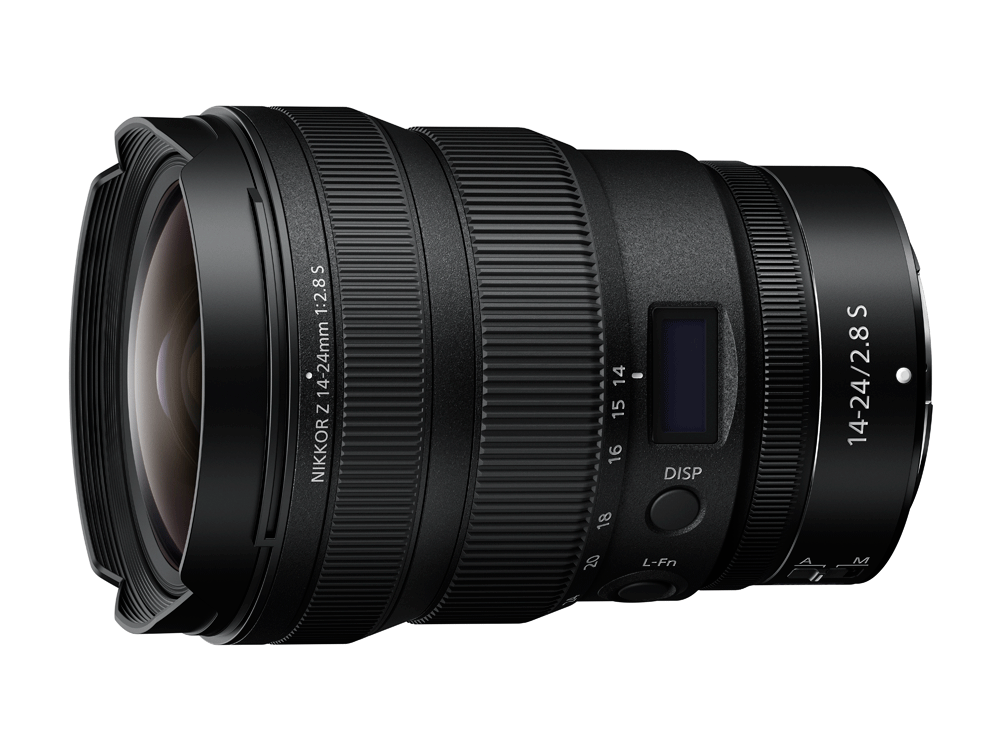Super-compact and robust
Nikon engineers managed to pack 16 lens elements into the ultra-compact and lightweight body. With a diameter of just 88.5mm and a length of just 124.5mm, the NIKKOR Z 14-24mm f/2.8 S launched as the world’s shortest ultra-wide-angle lens for full-frame cameras with a maximum aperture of f/2.8*, and weighs just 650g. This makes it an ideal travel companion, when space is at a premium.
If you’re braving the elements, the lens barrel’s moving parts have been extensively sealed to help protect against dust and moisture. And Nikon’s proven fluorine coating acts as a barrier against water, dust and dirt, while making the front element easier to clean in the process.



